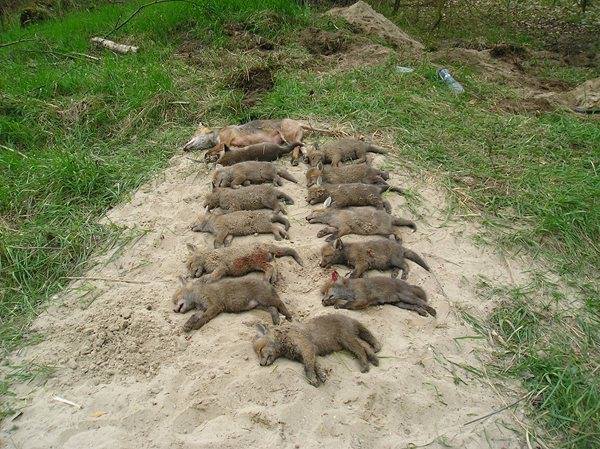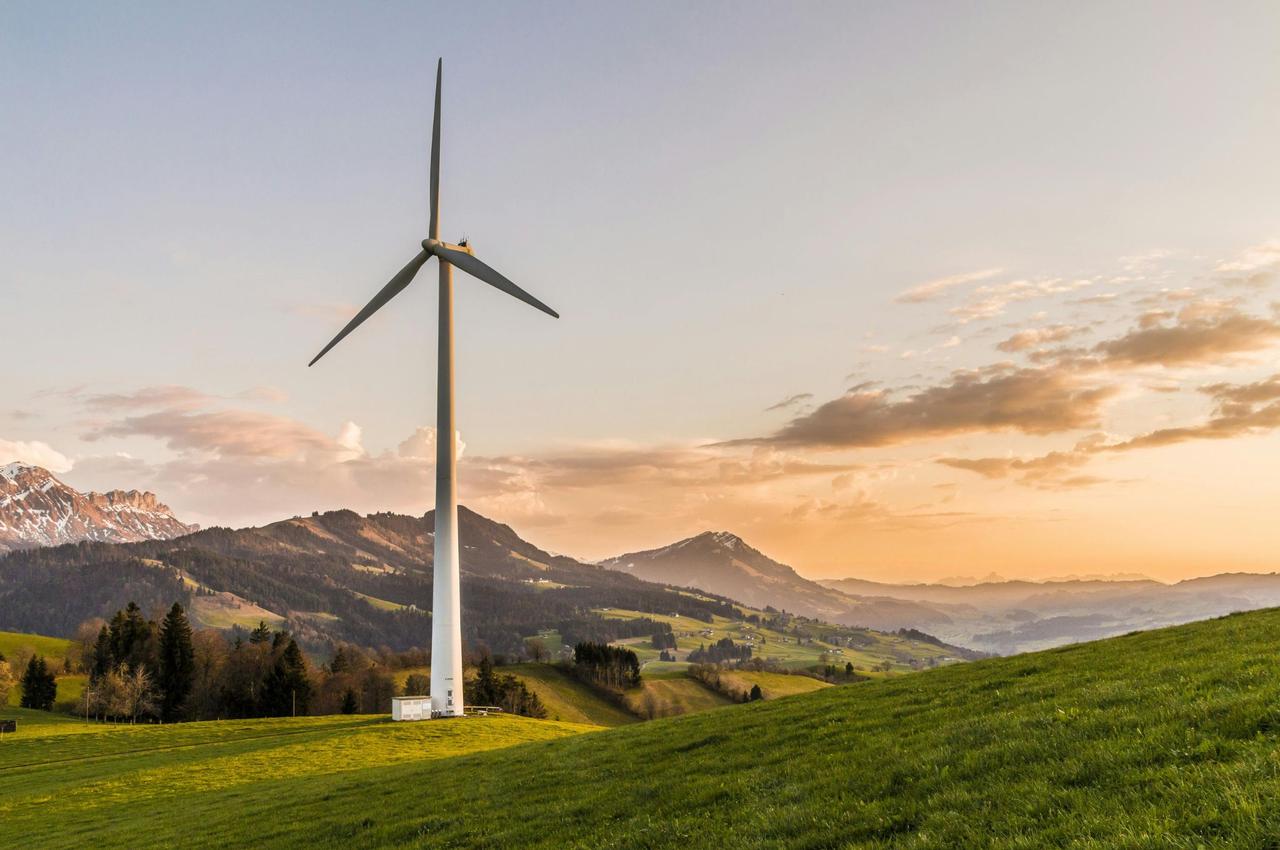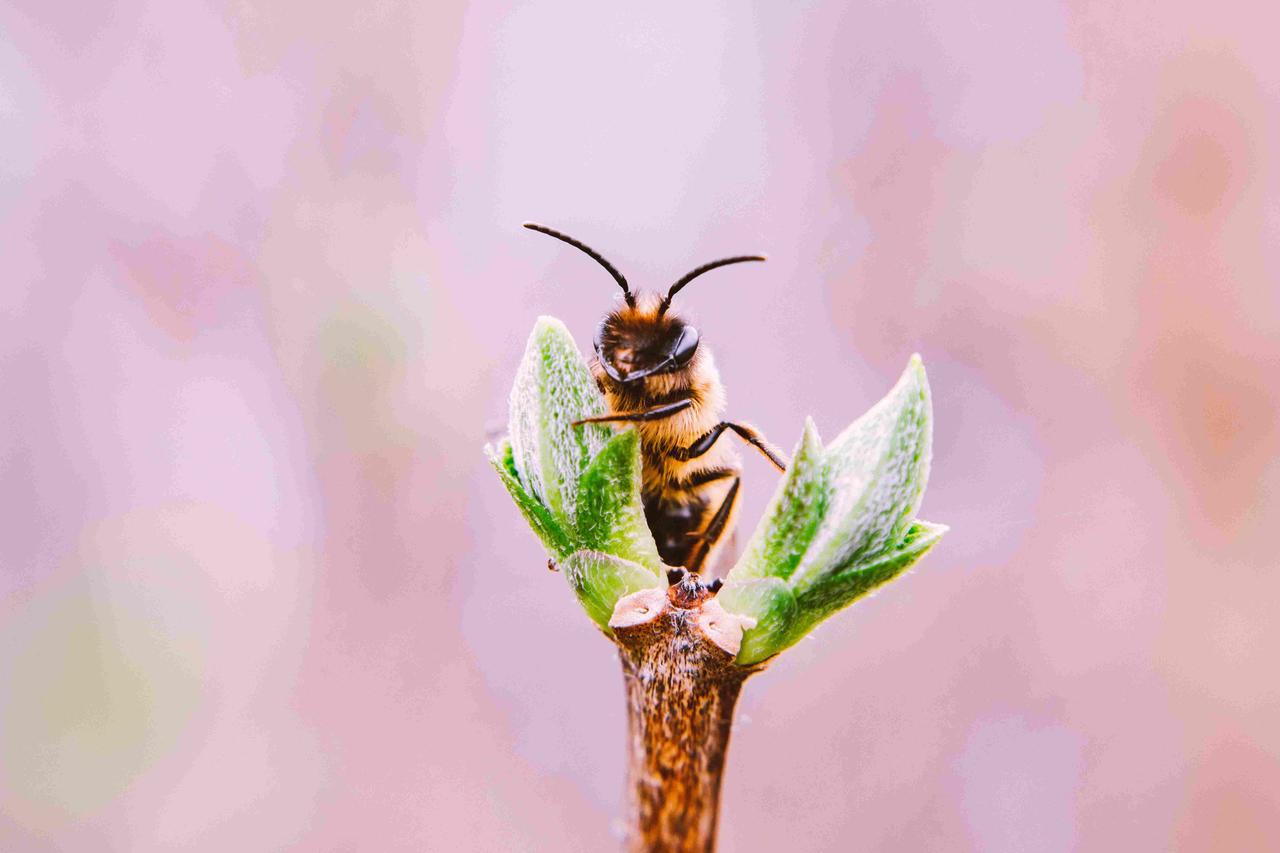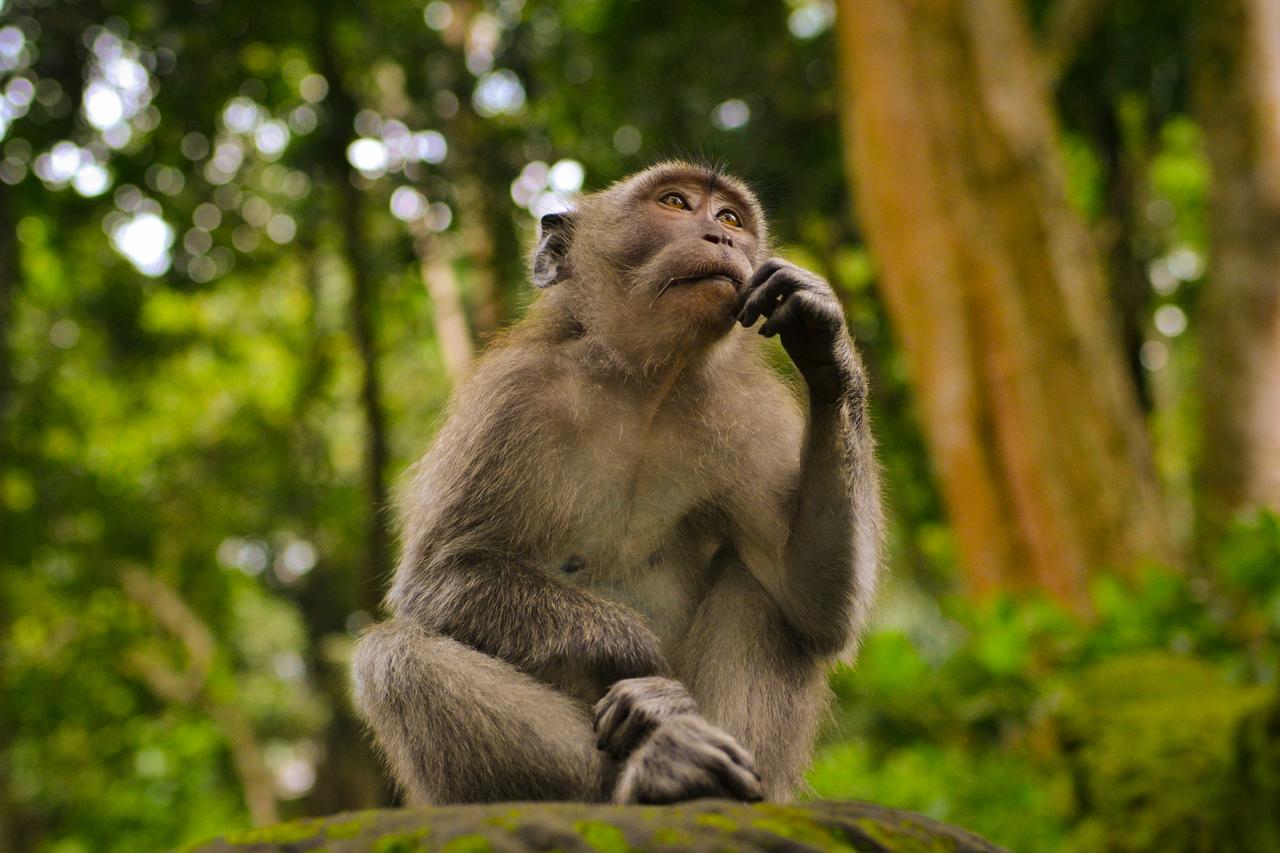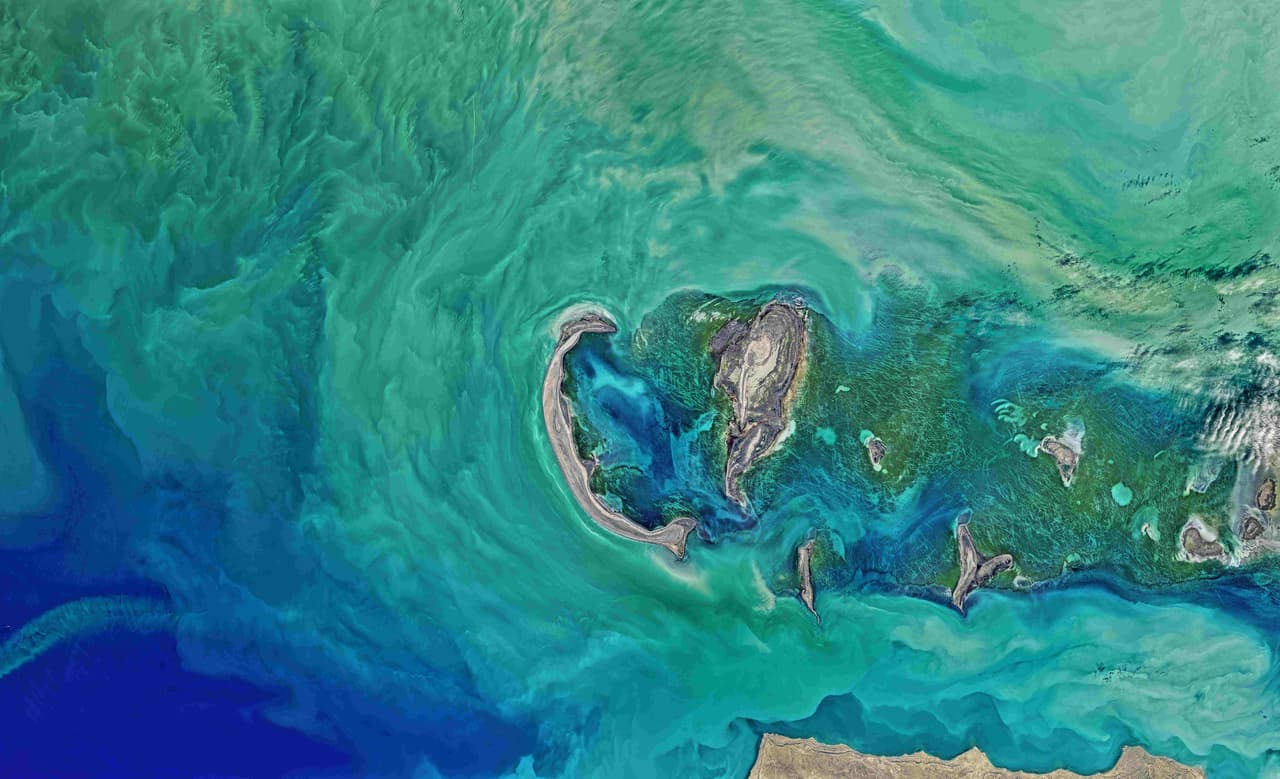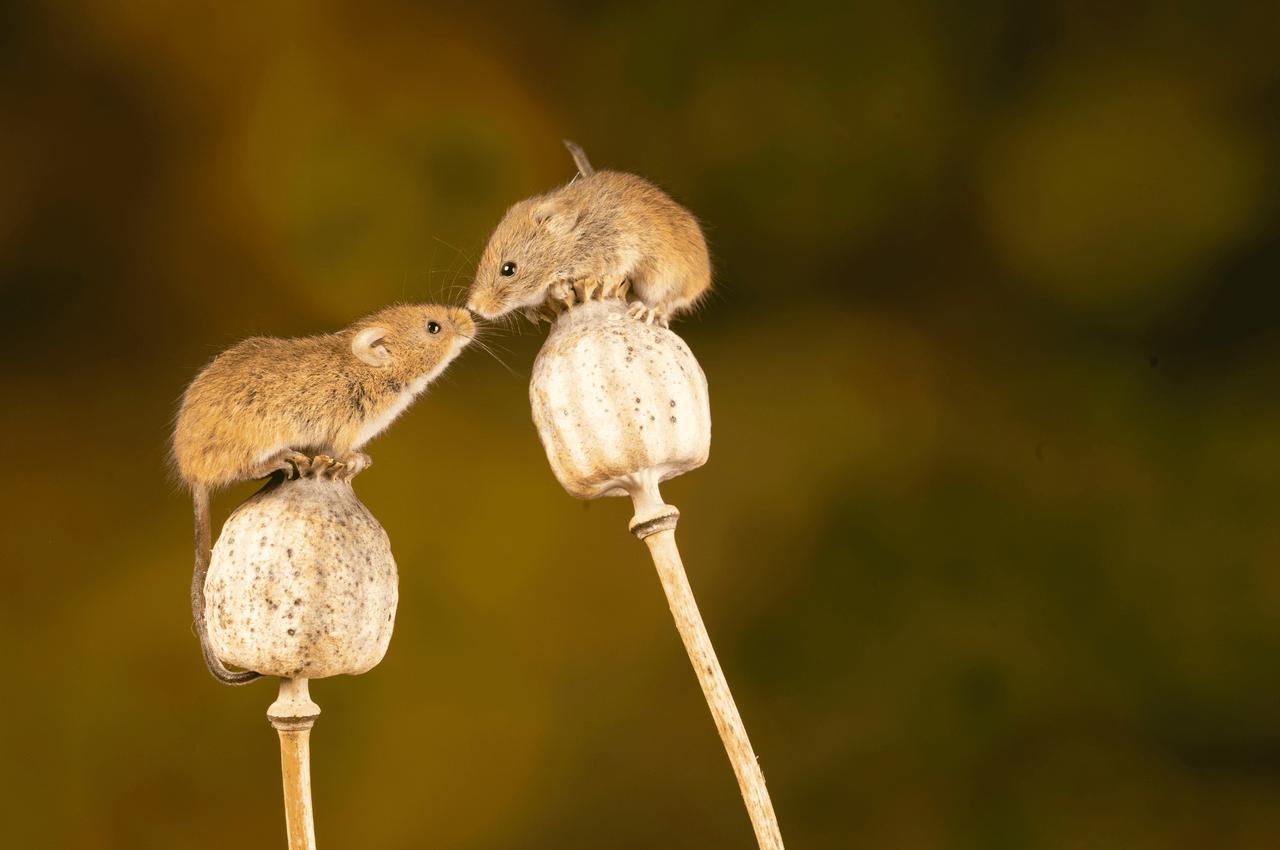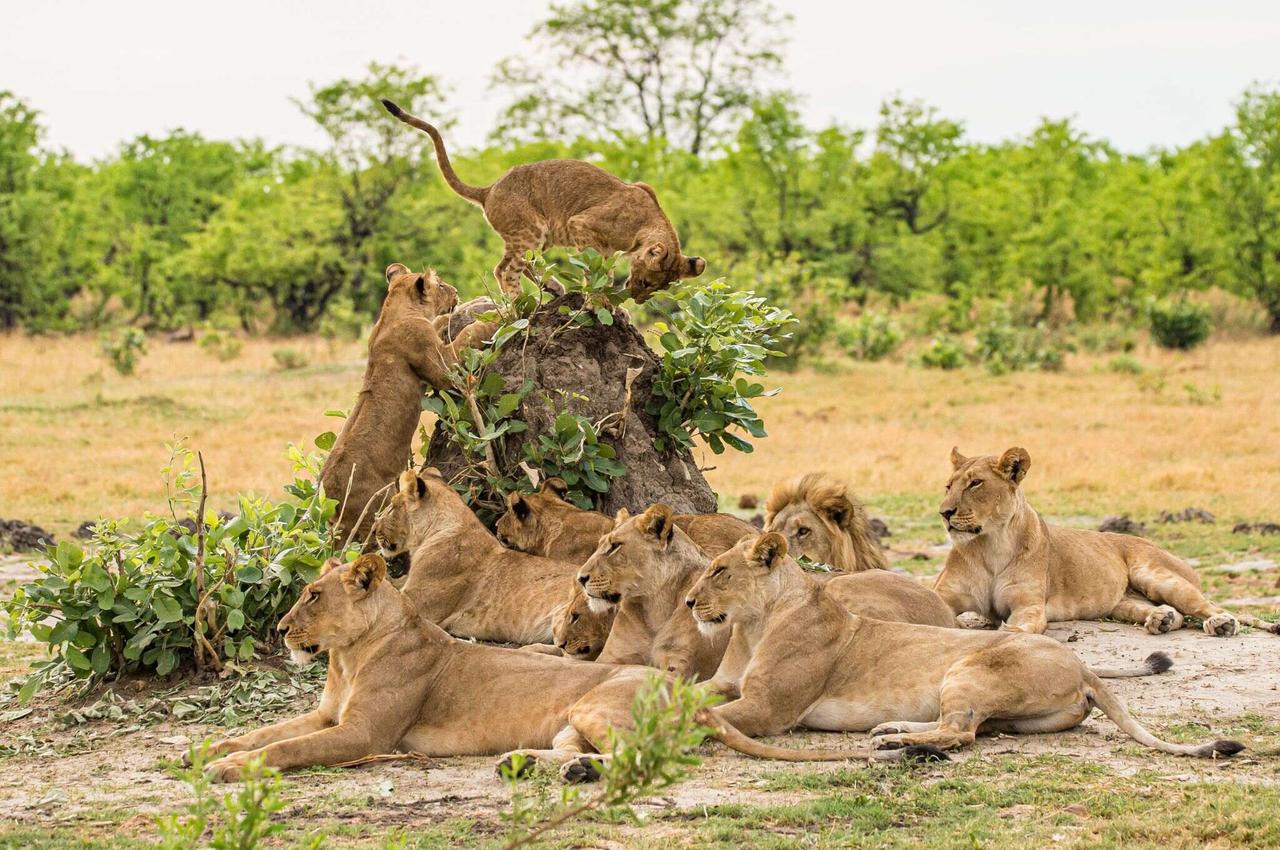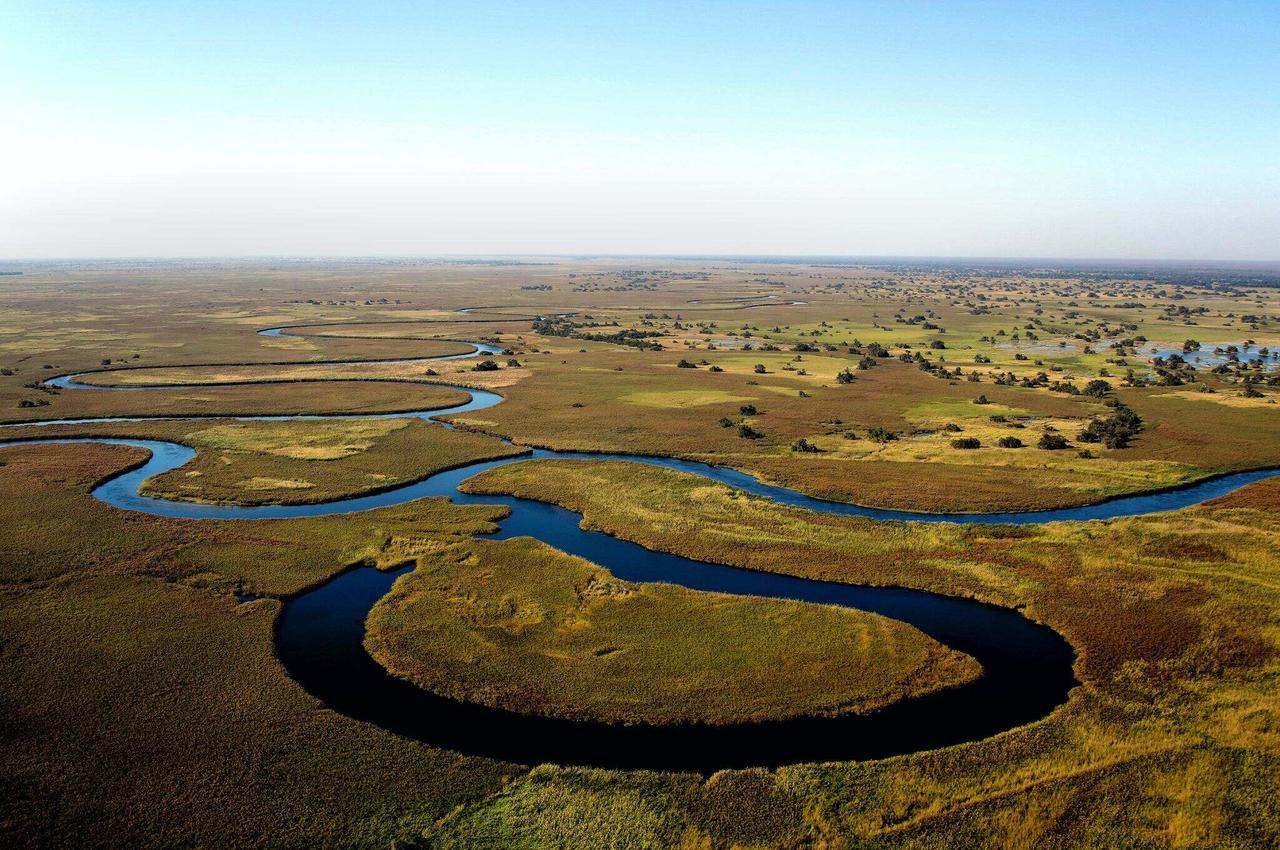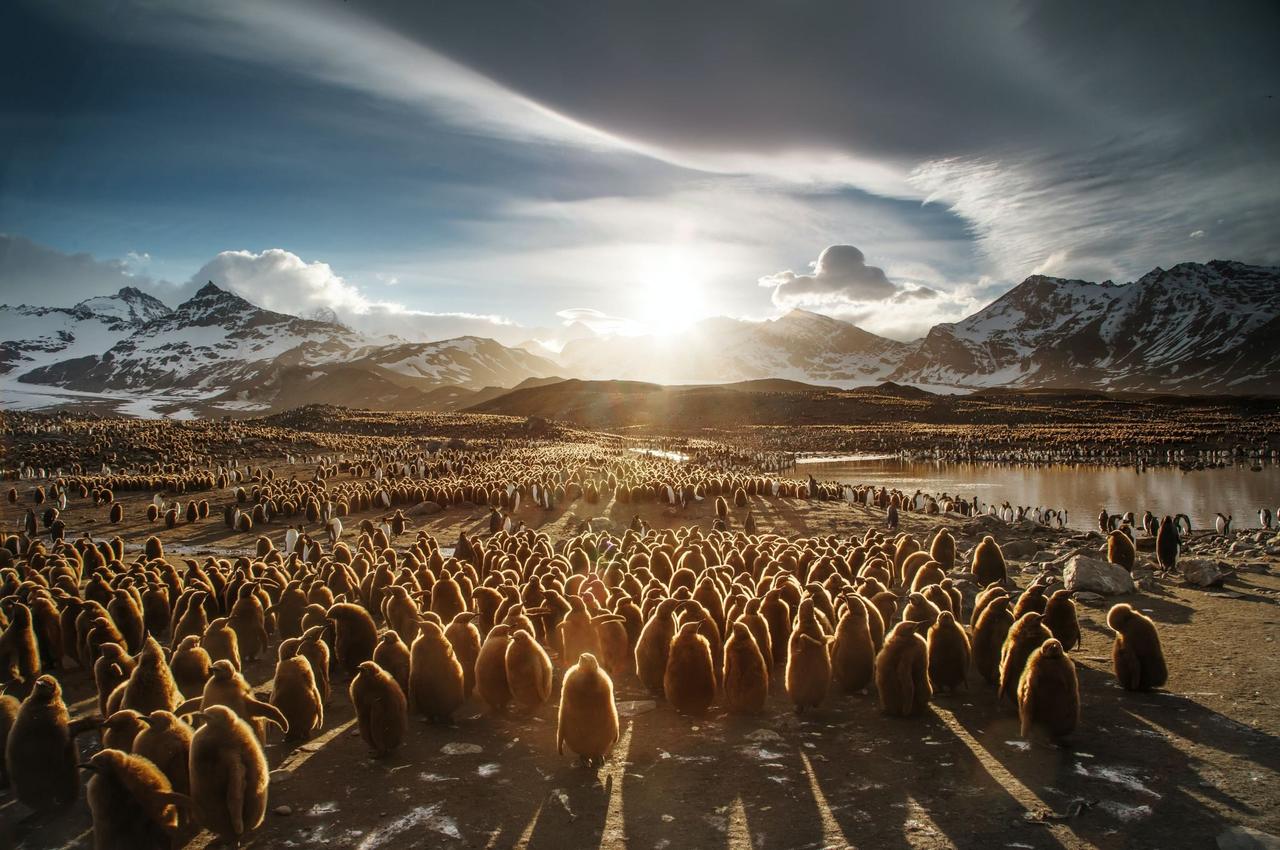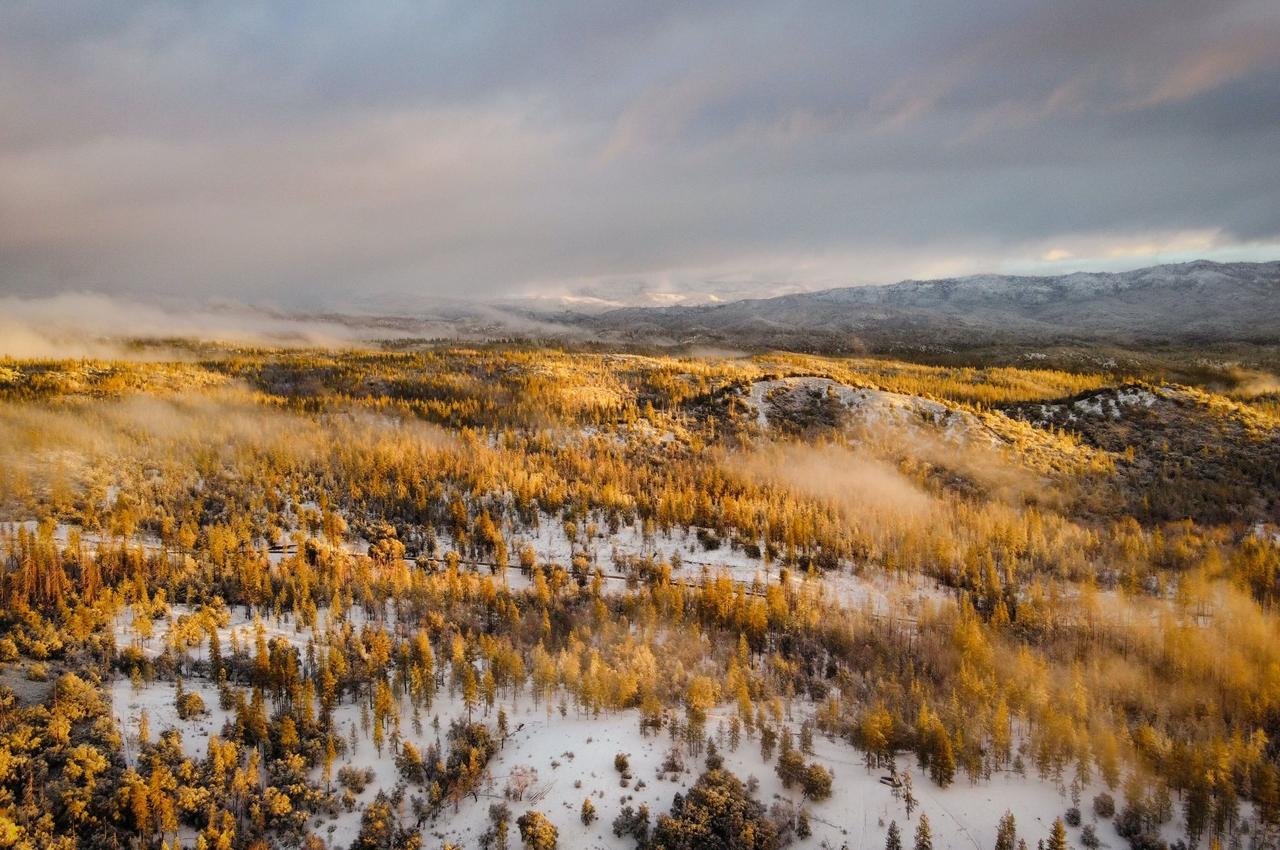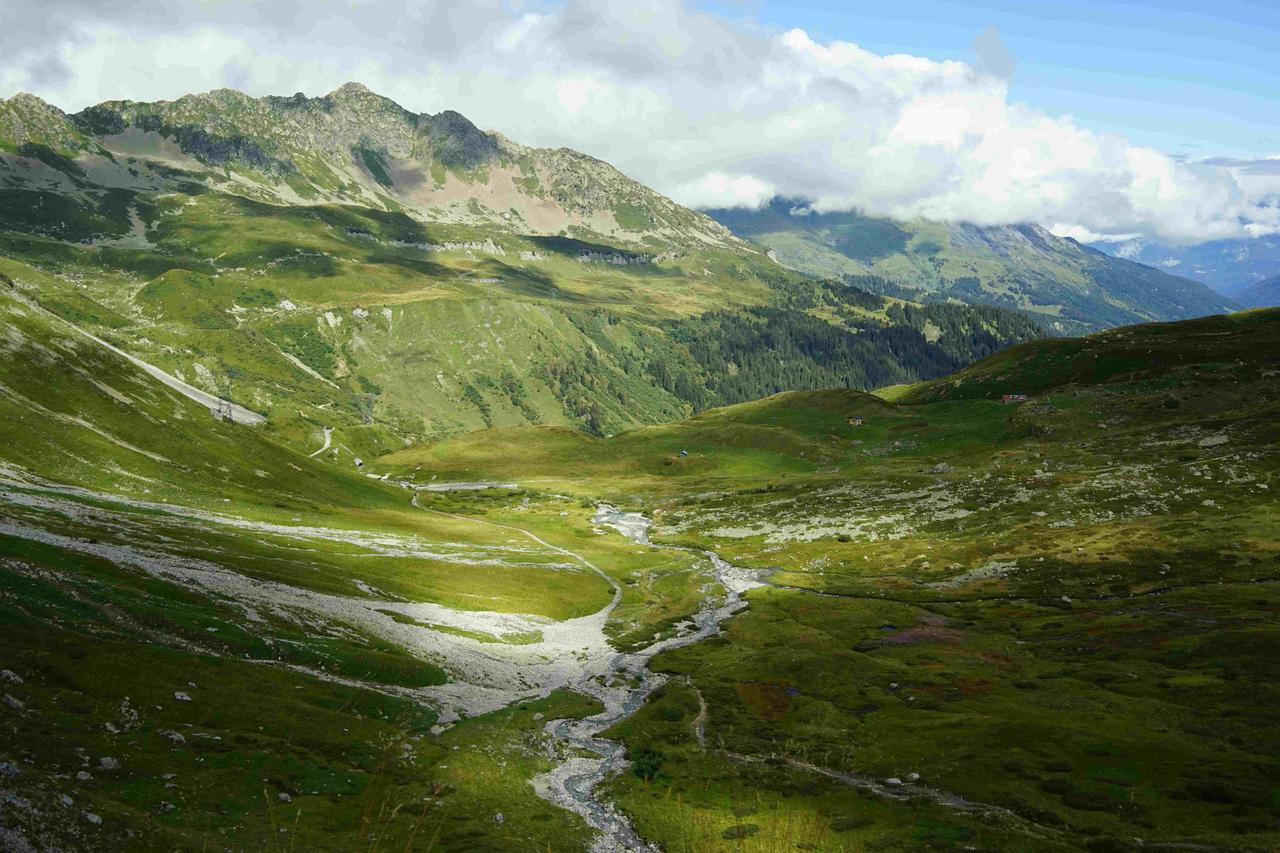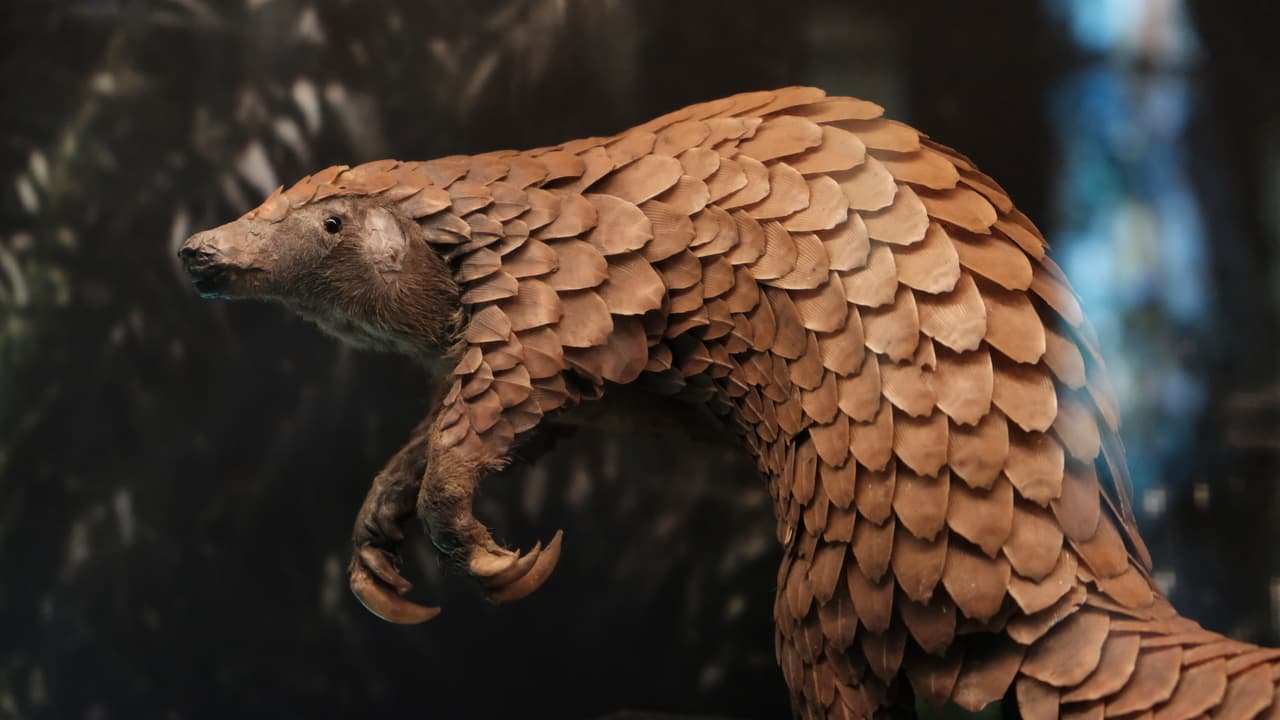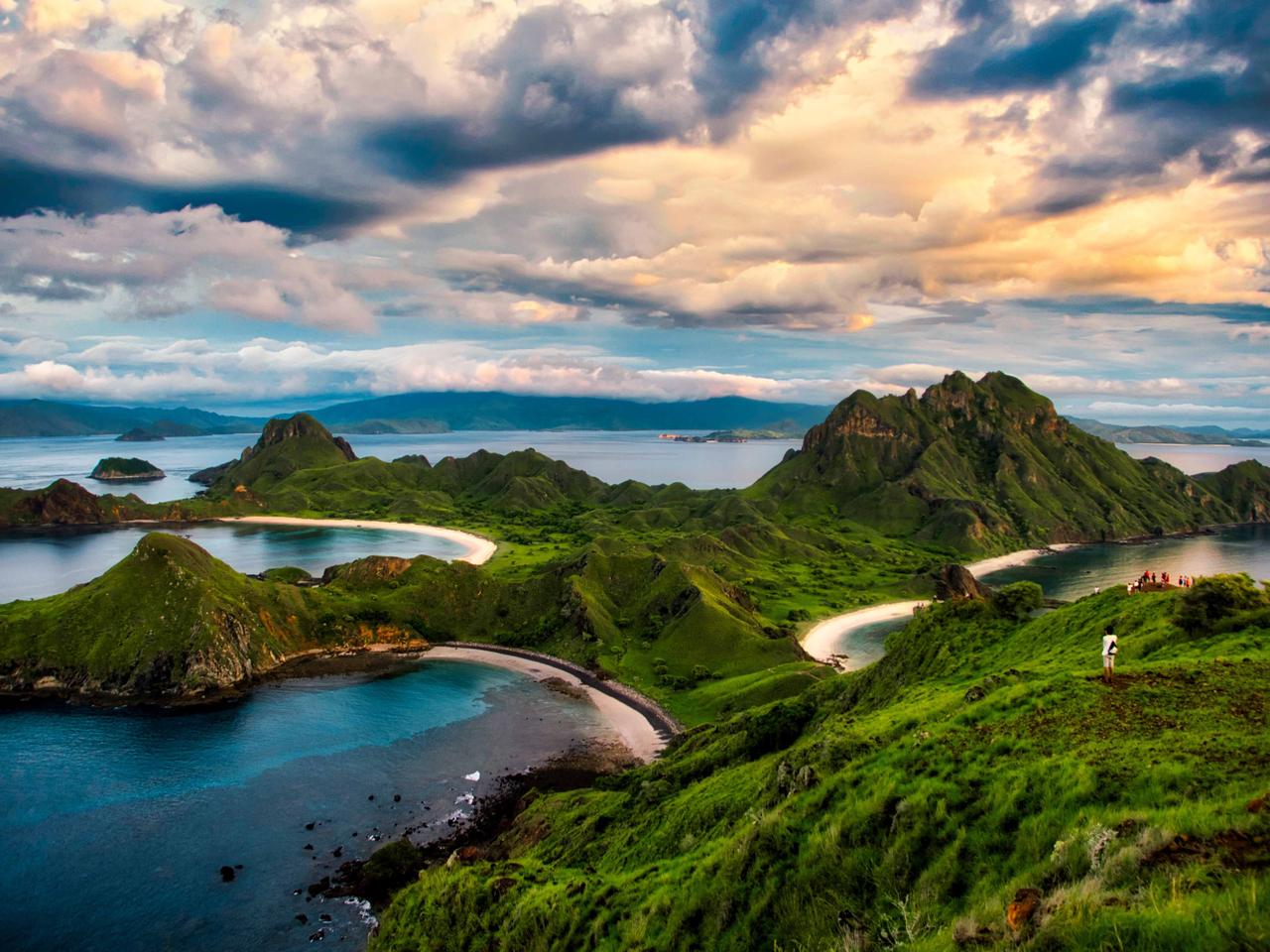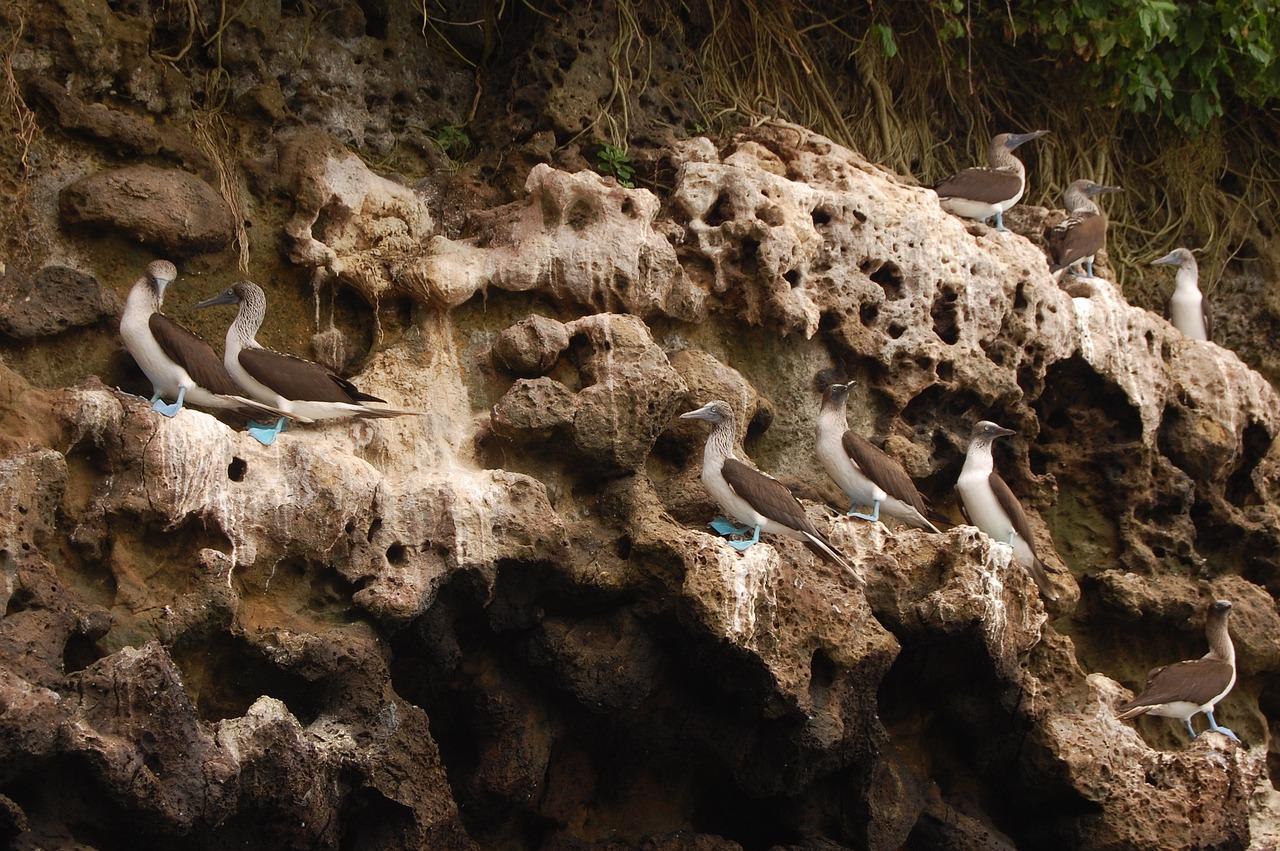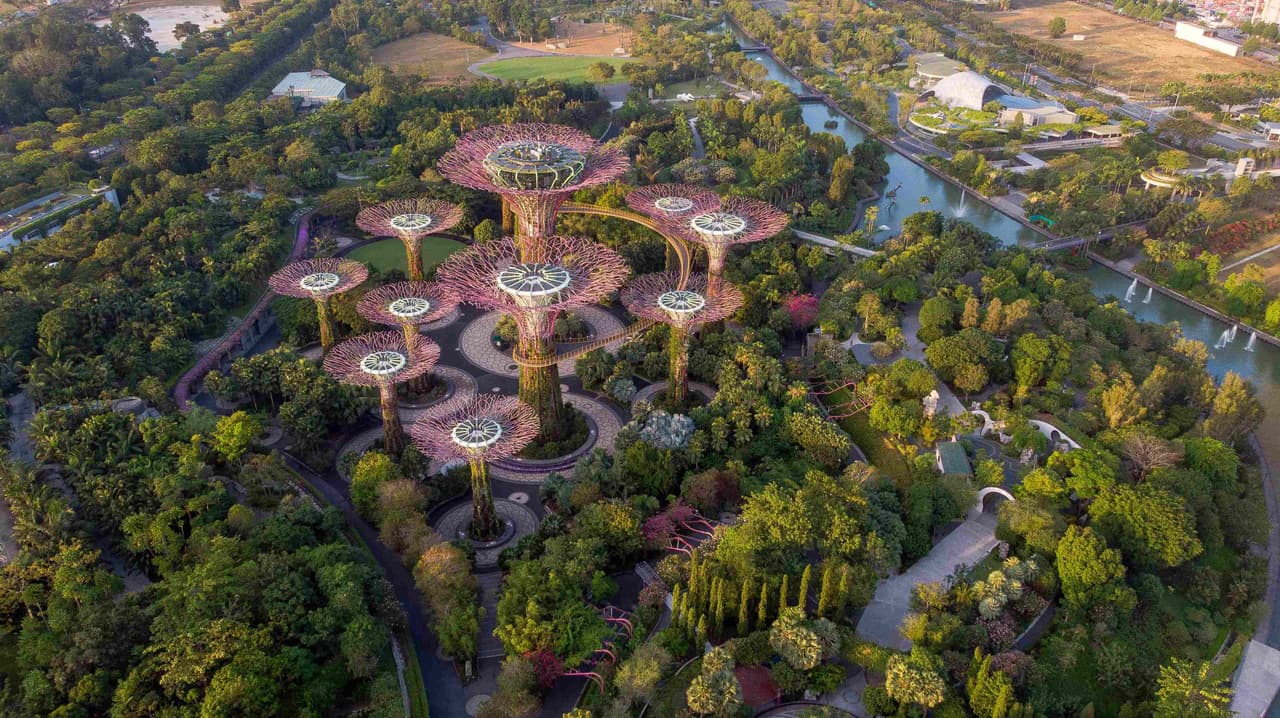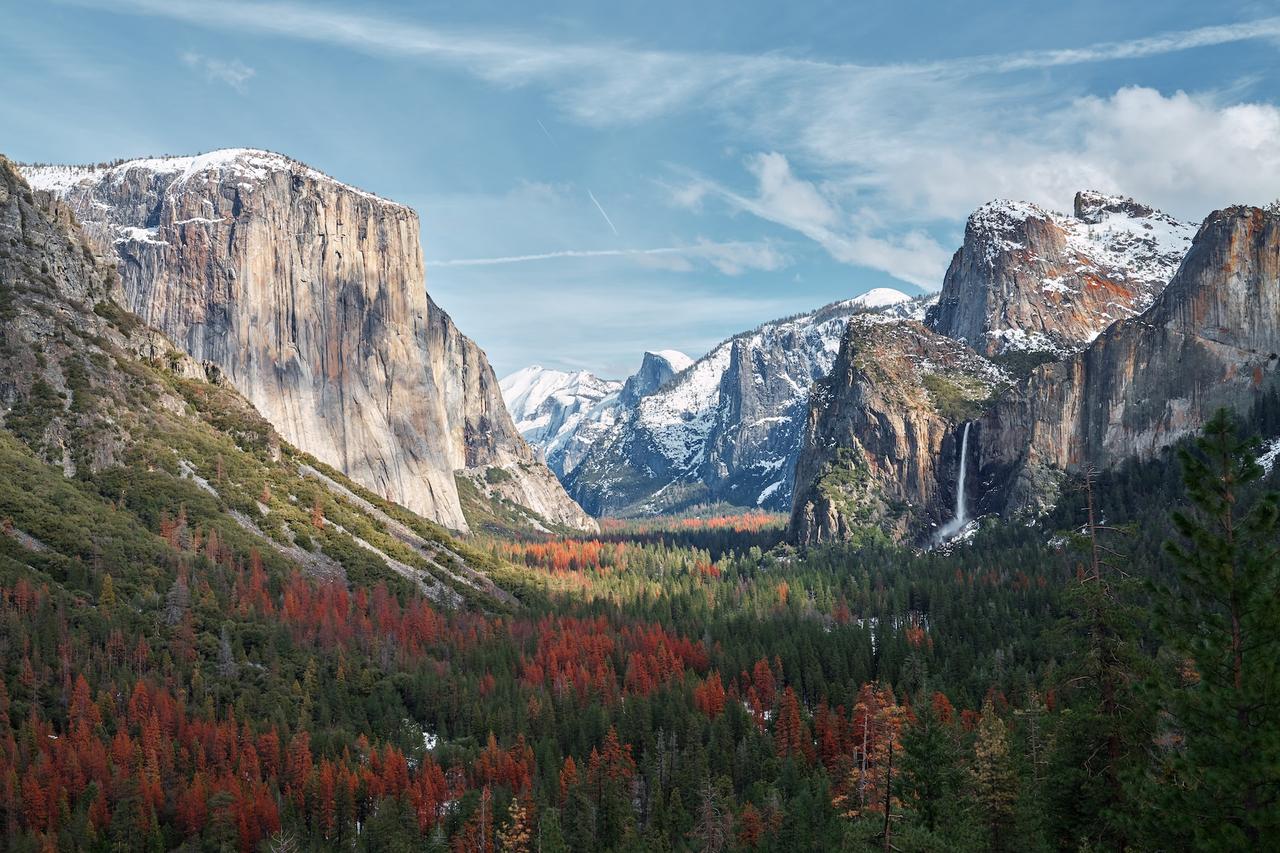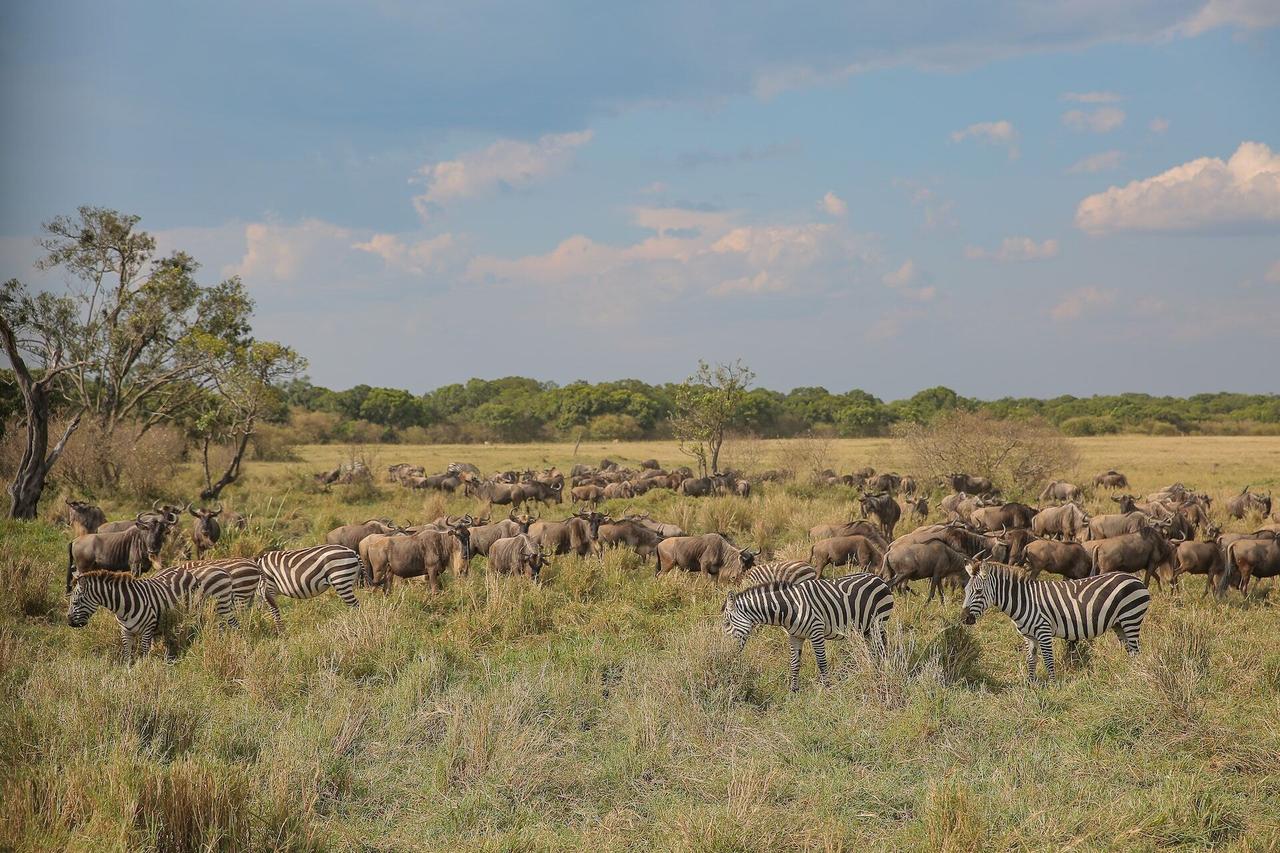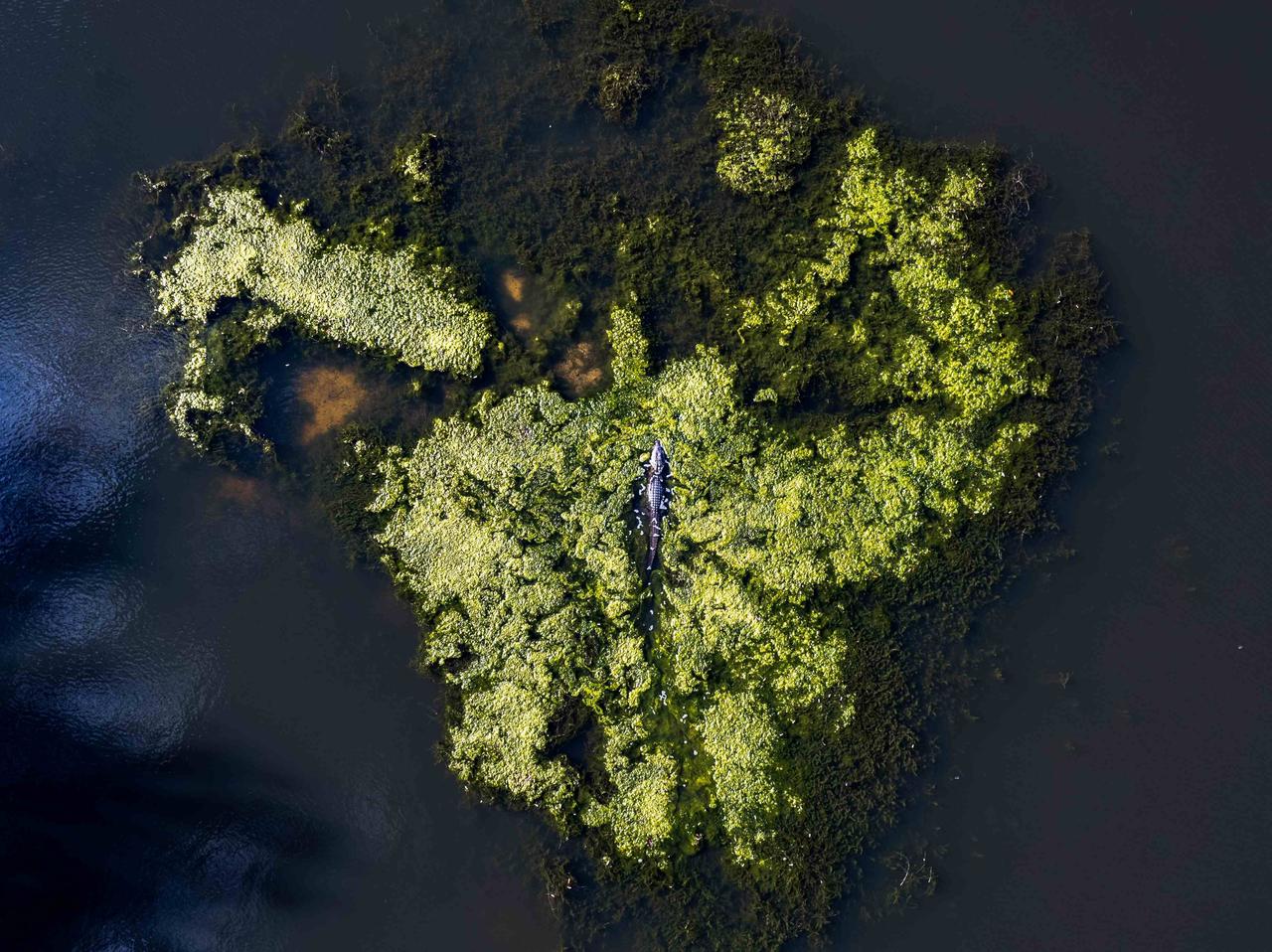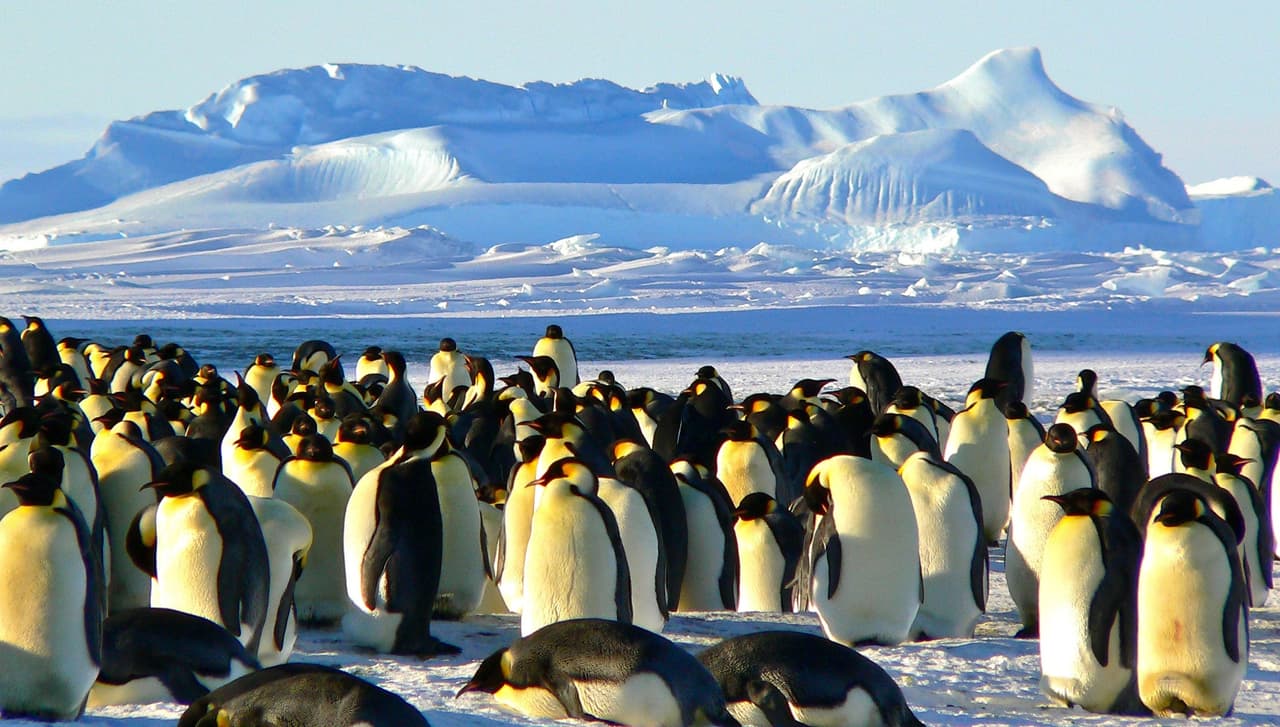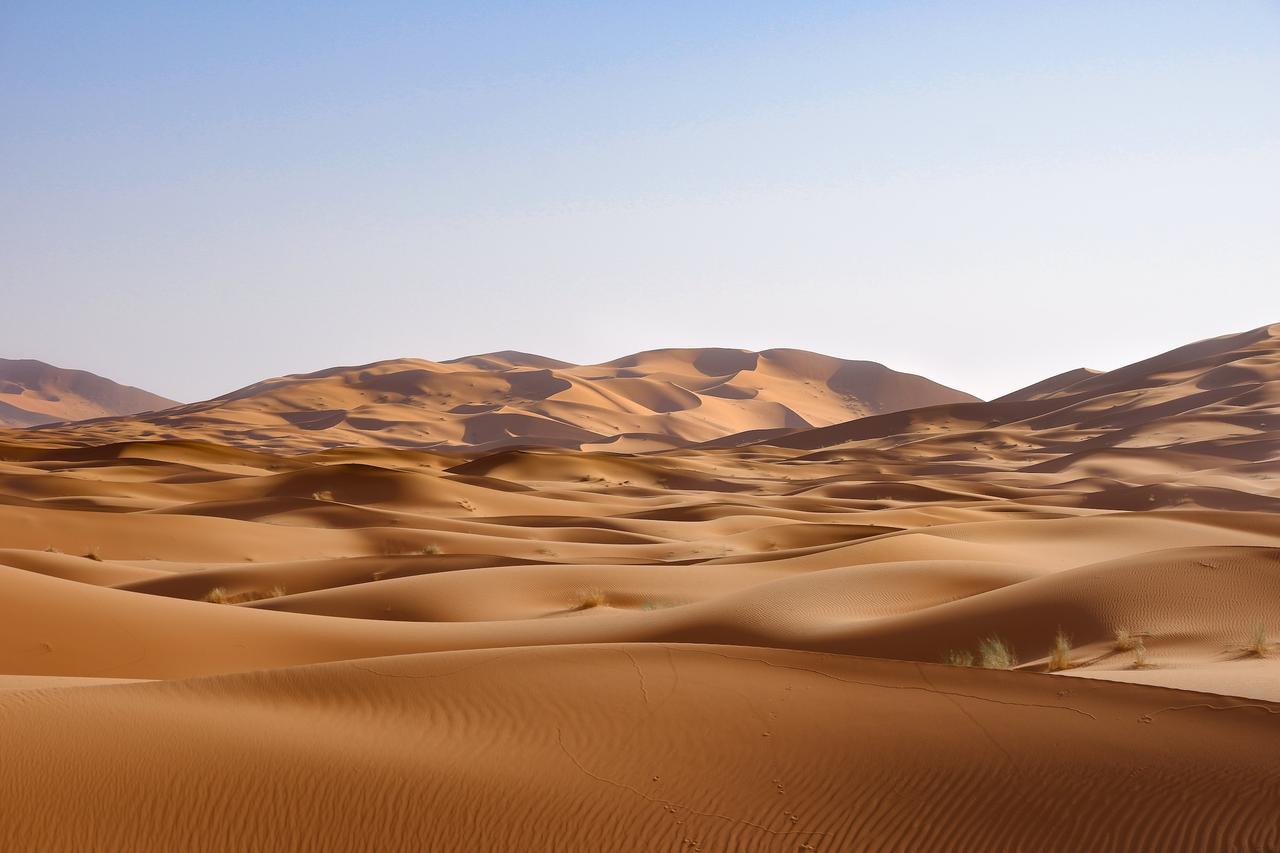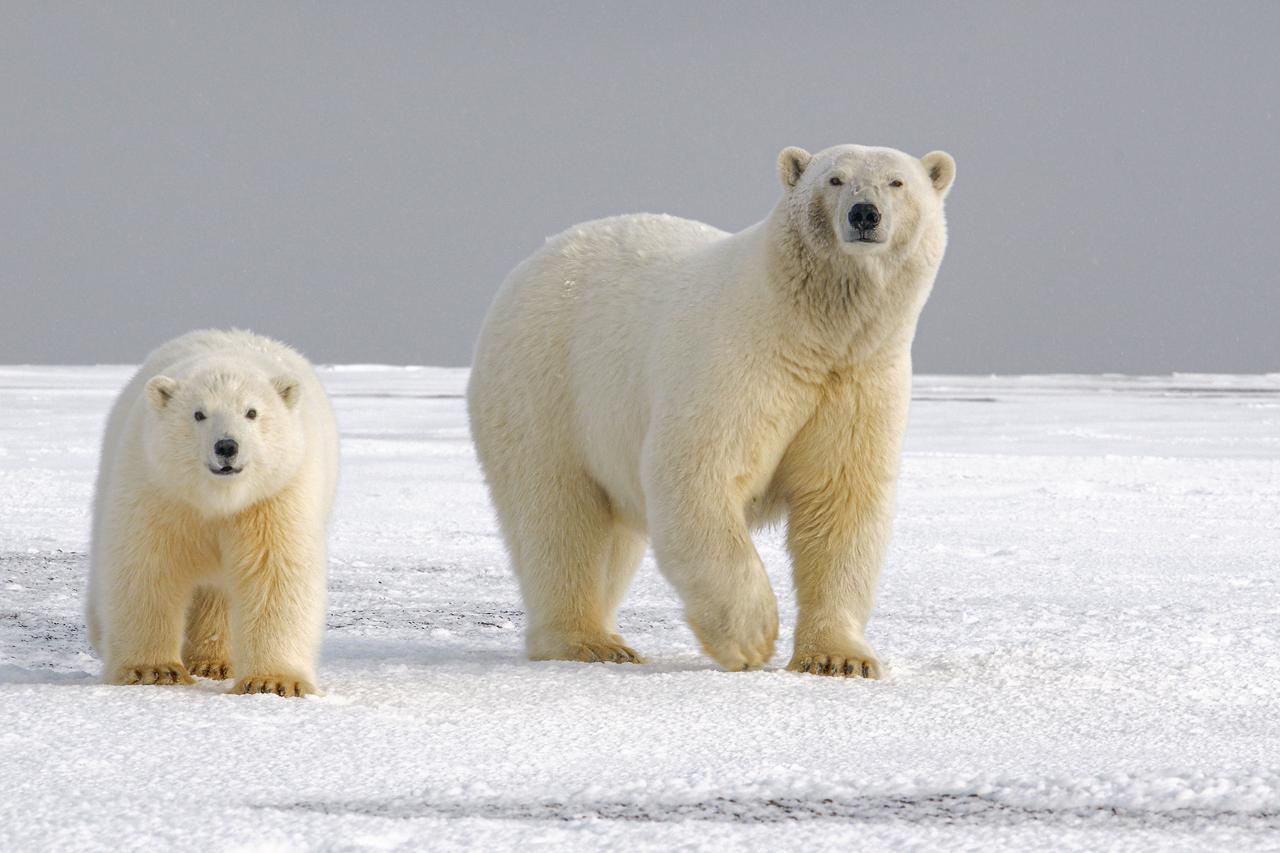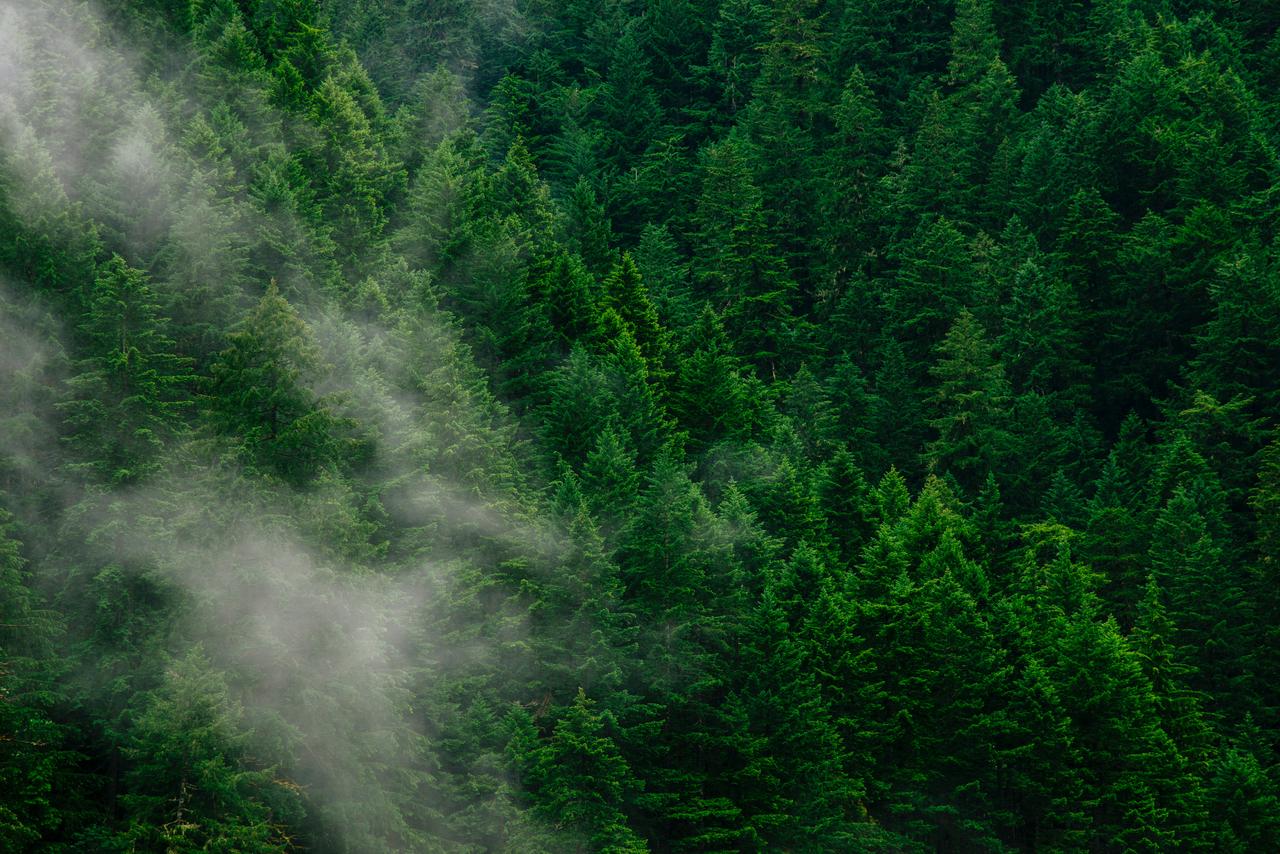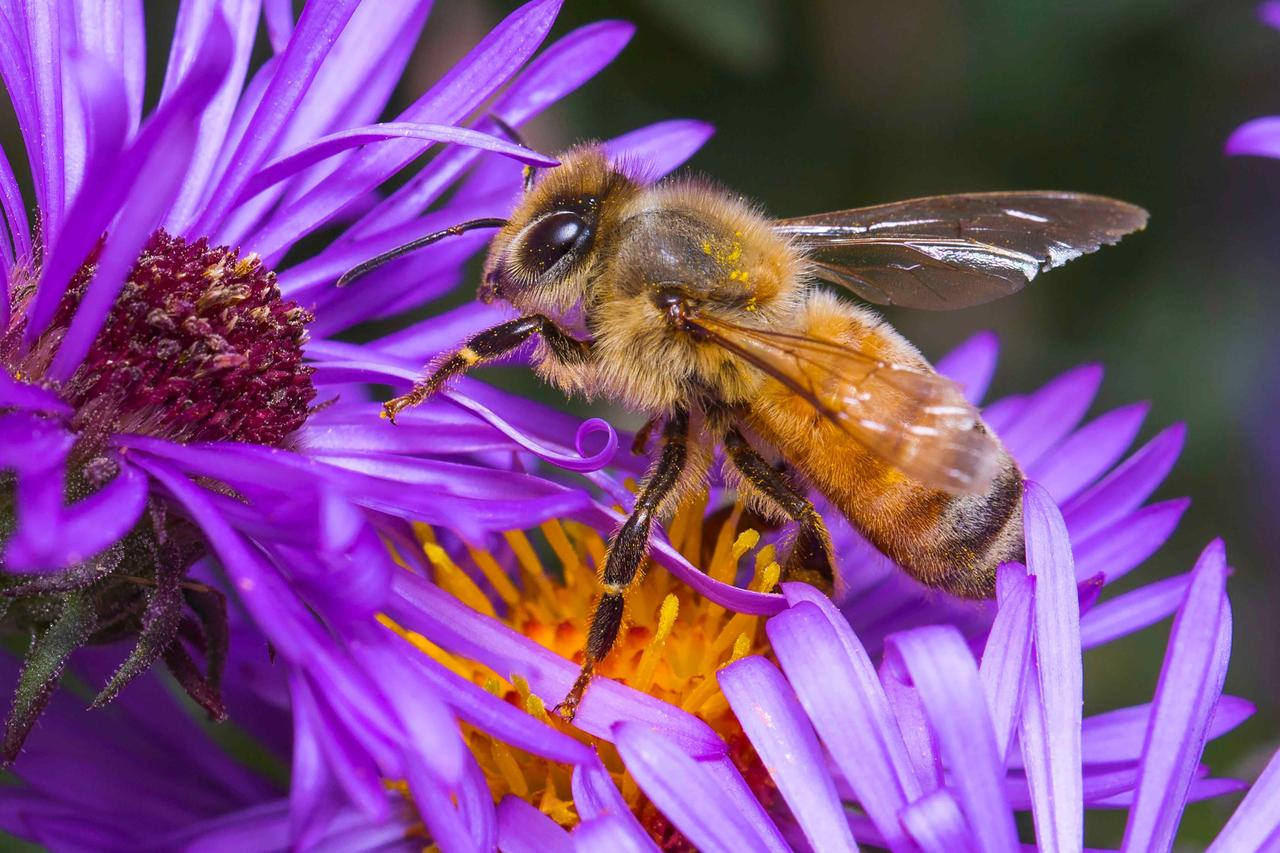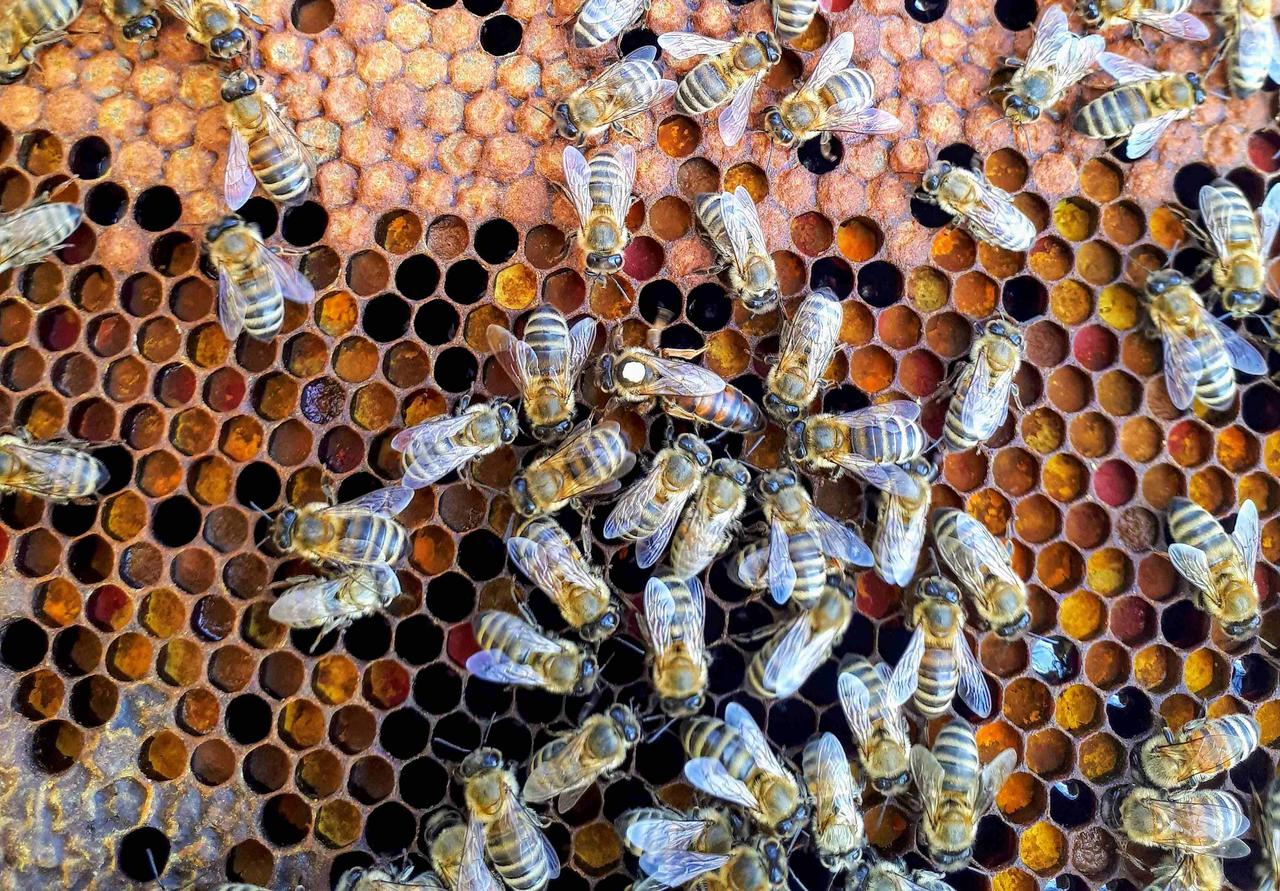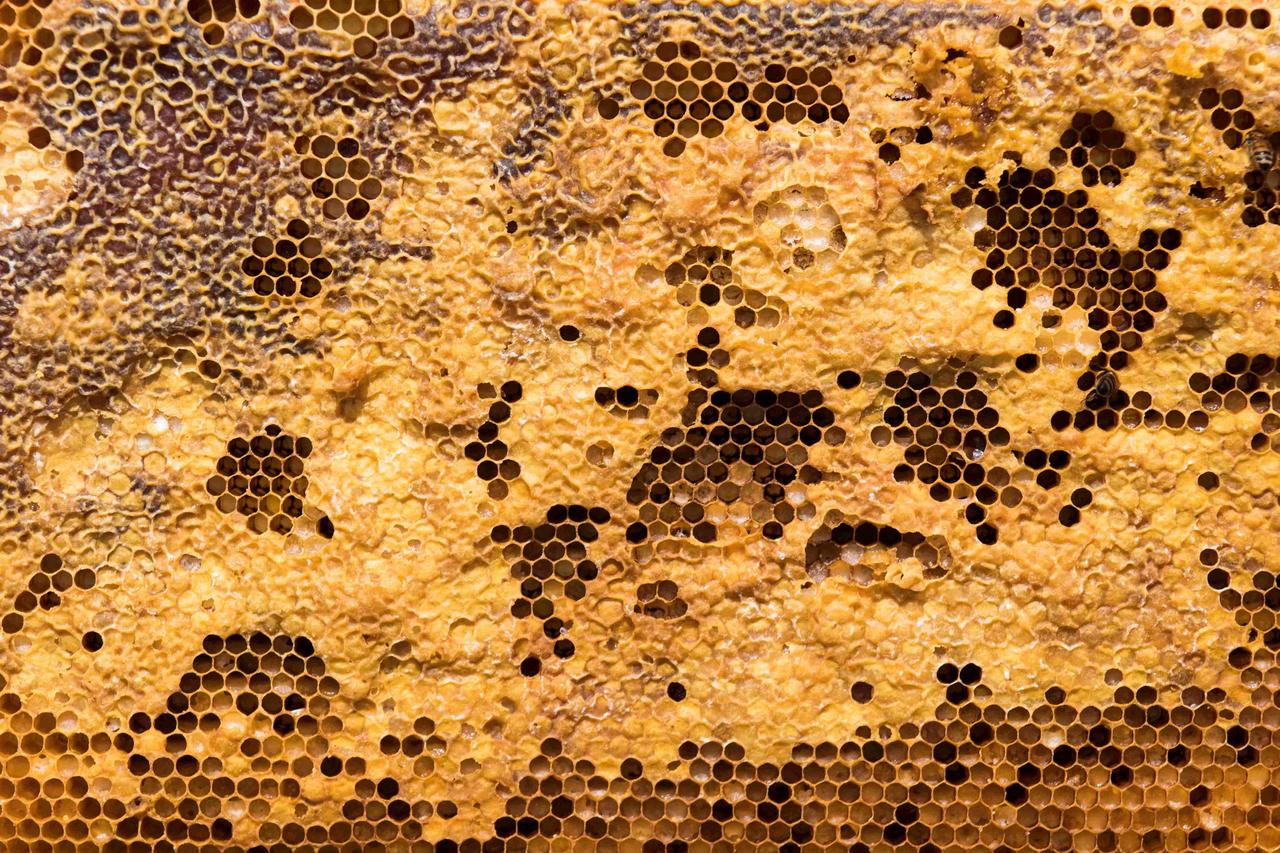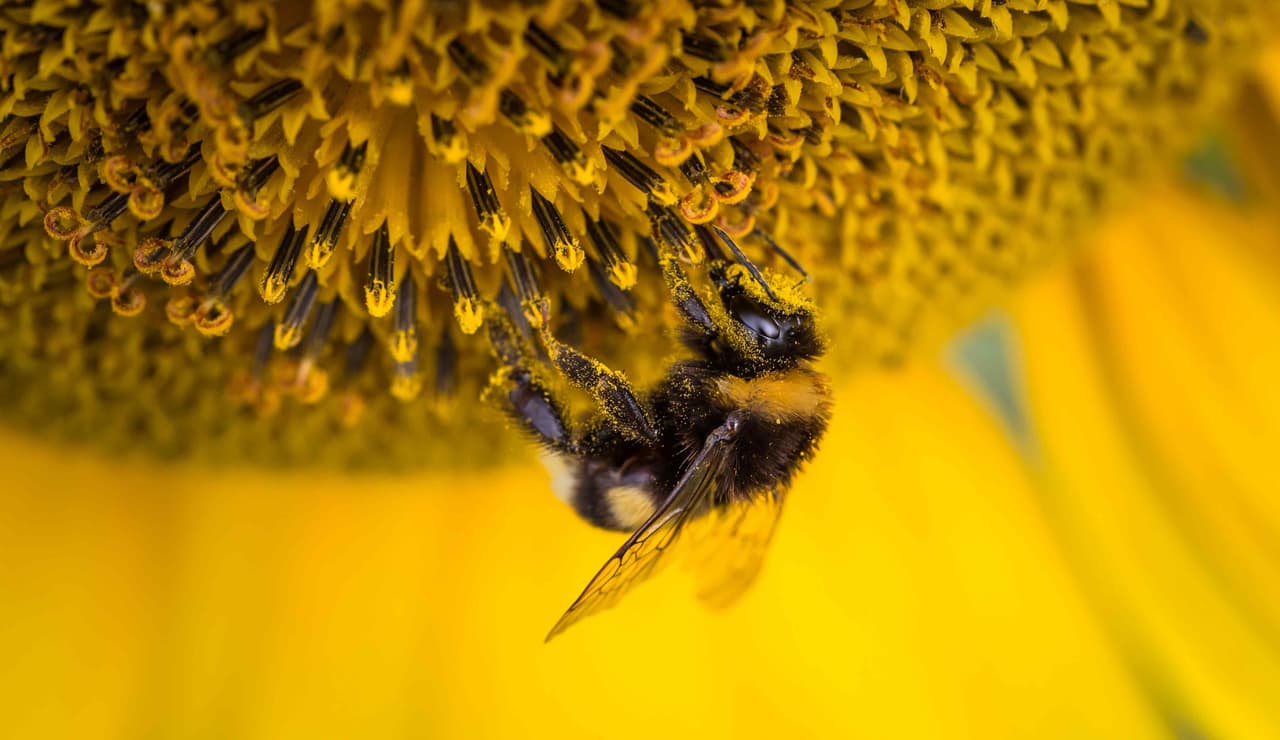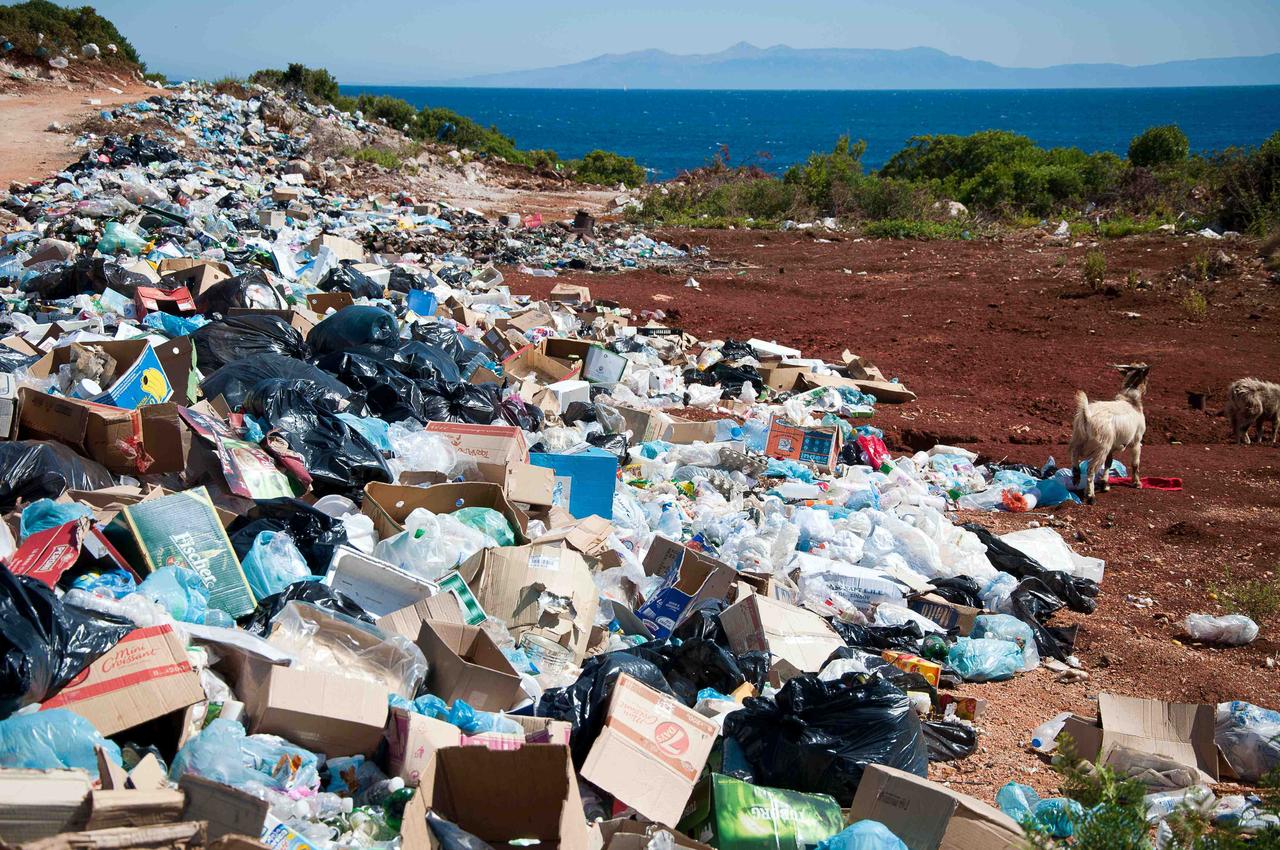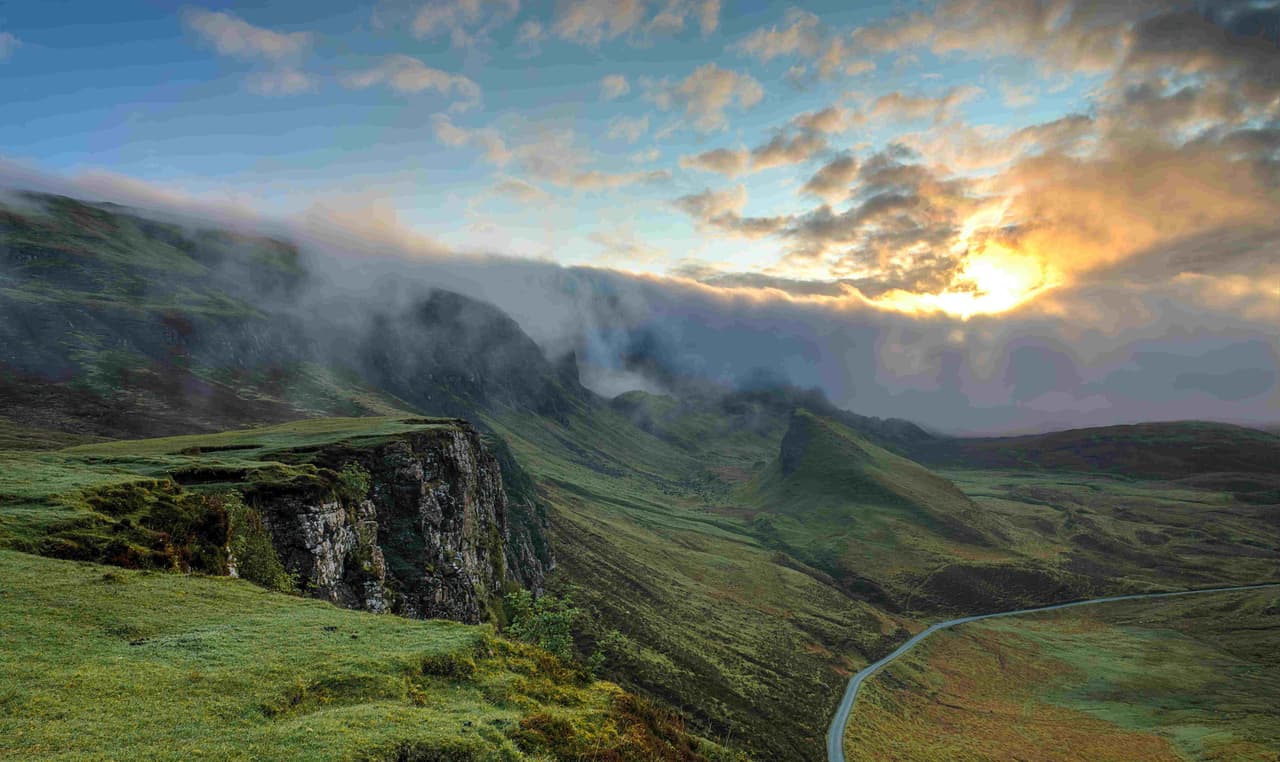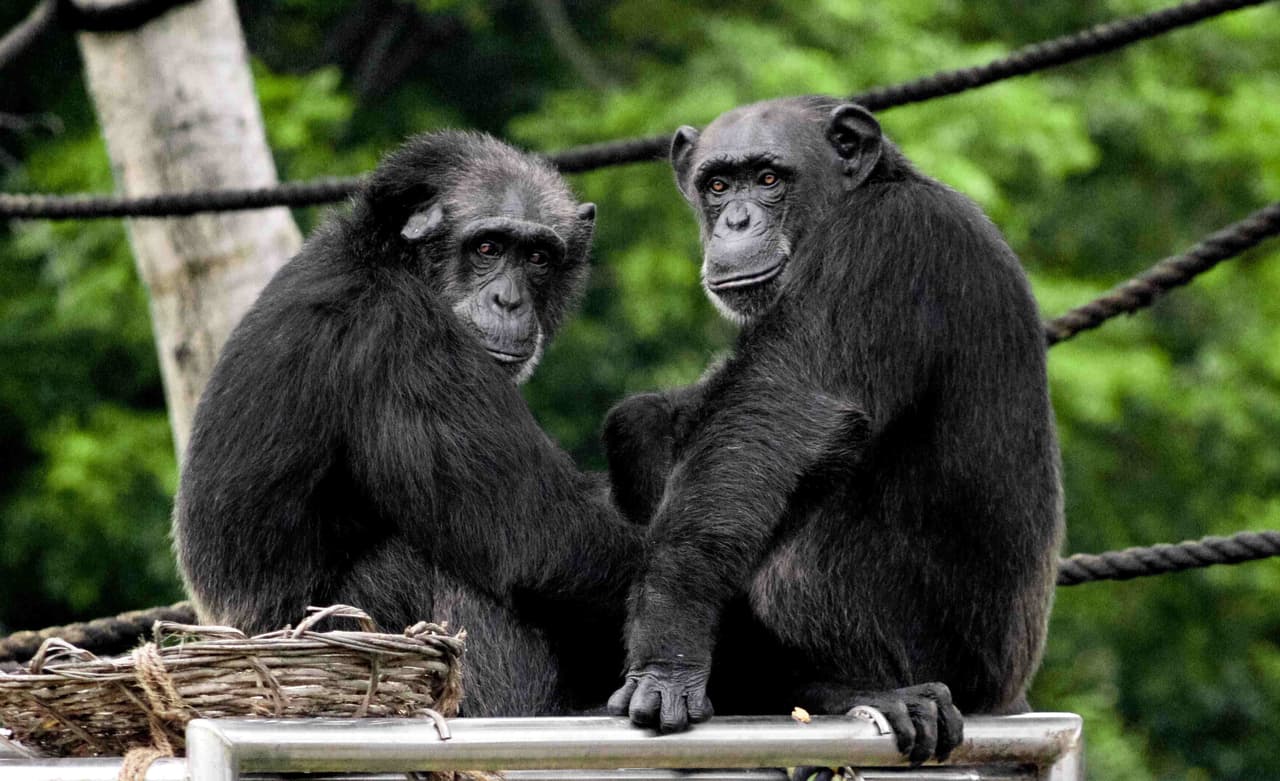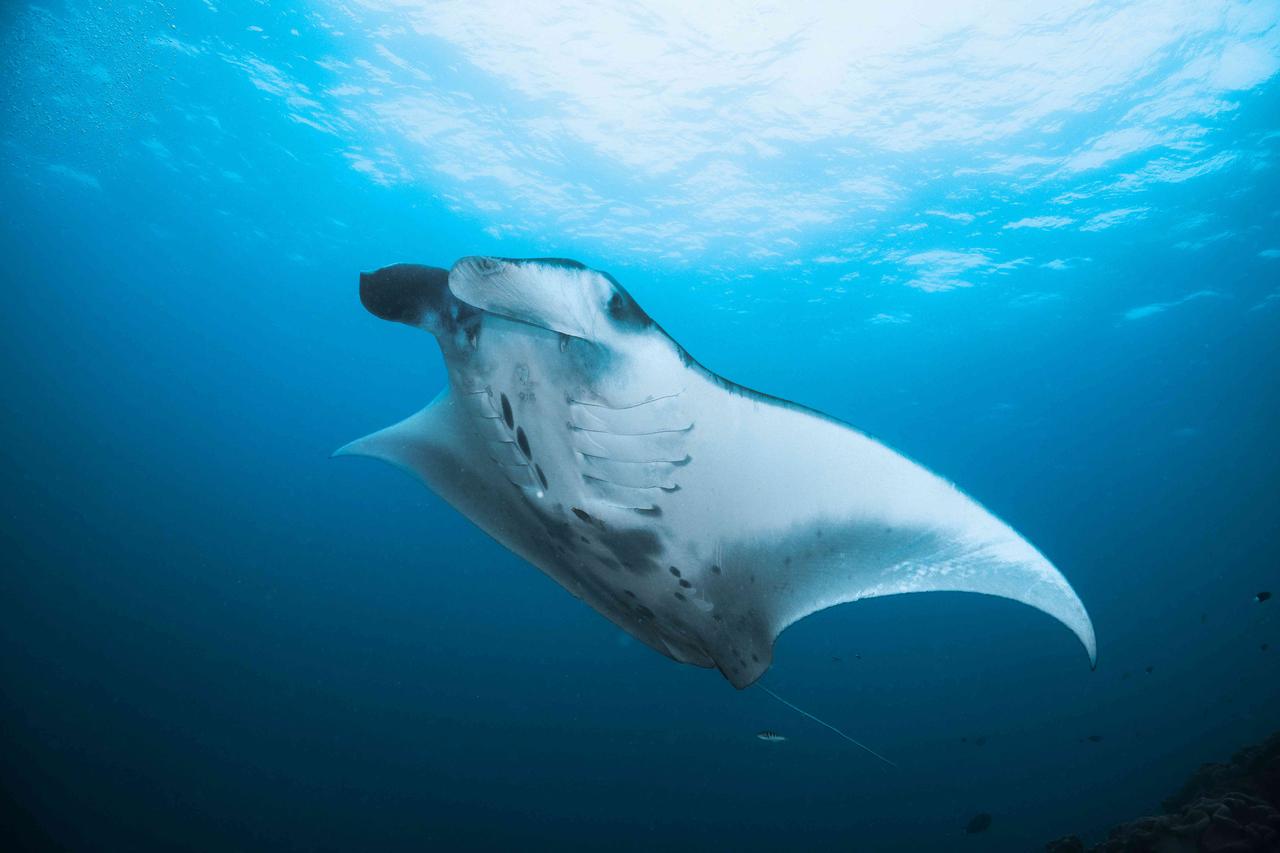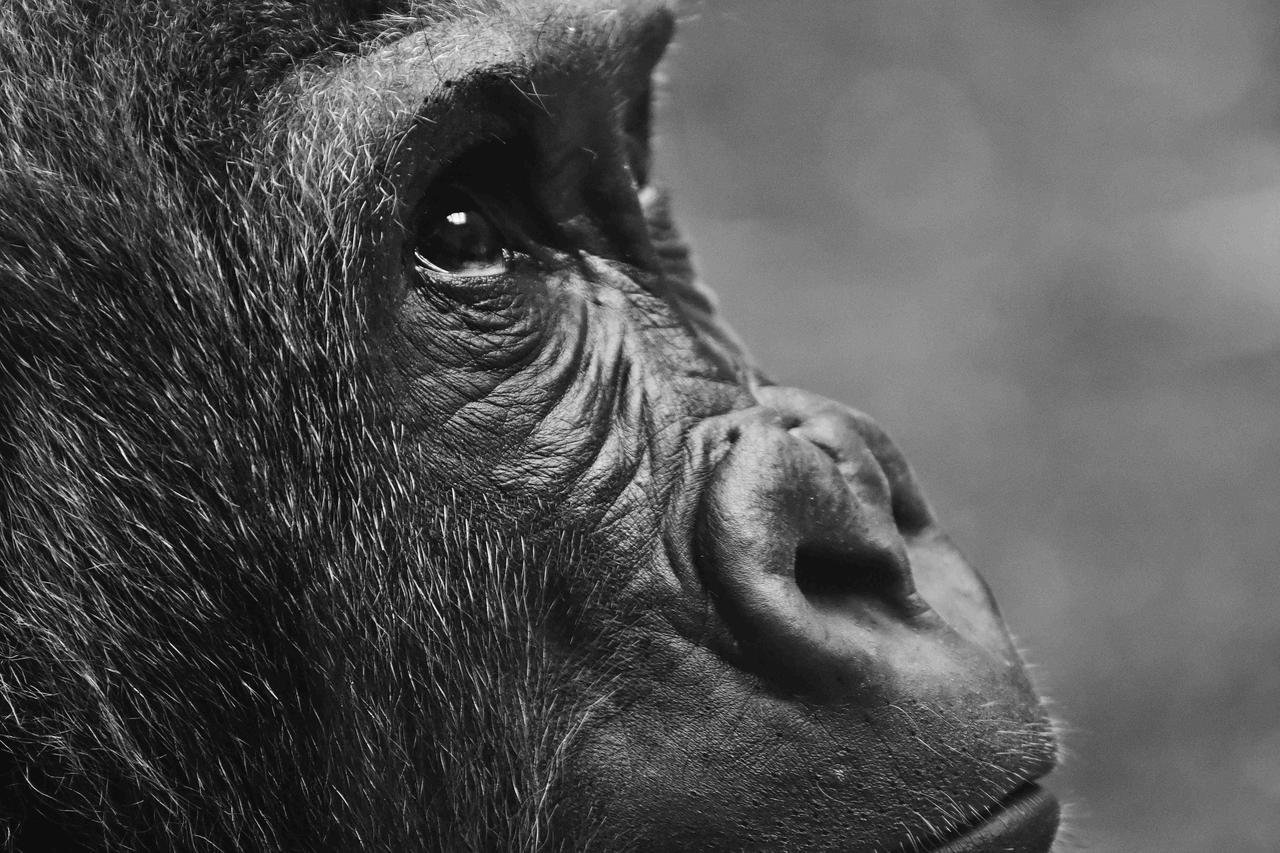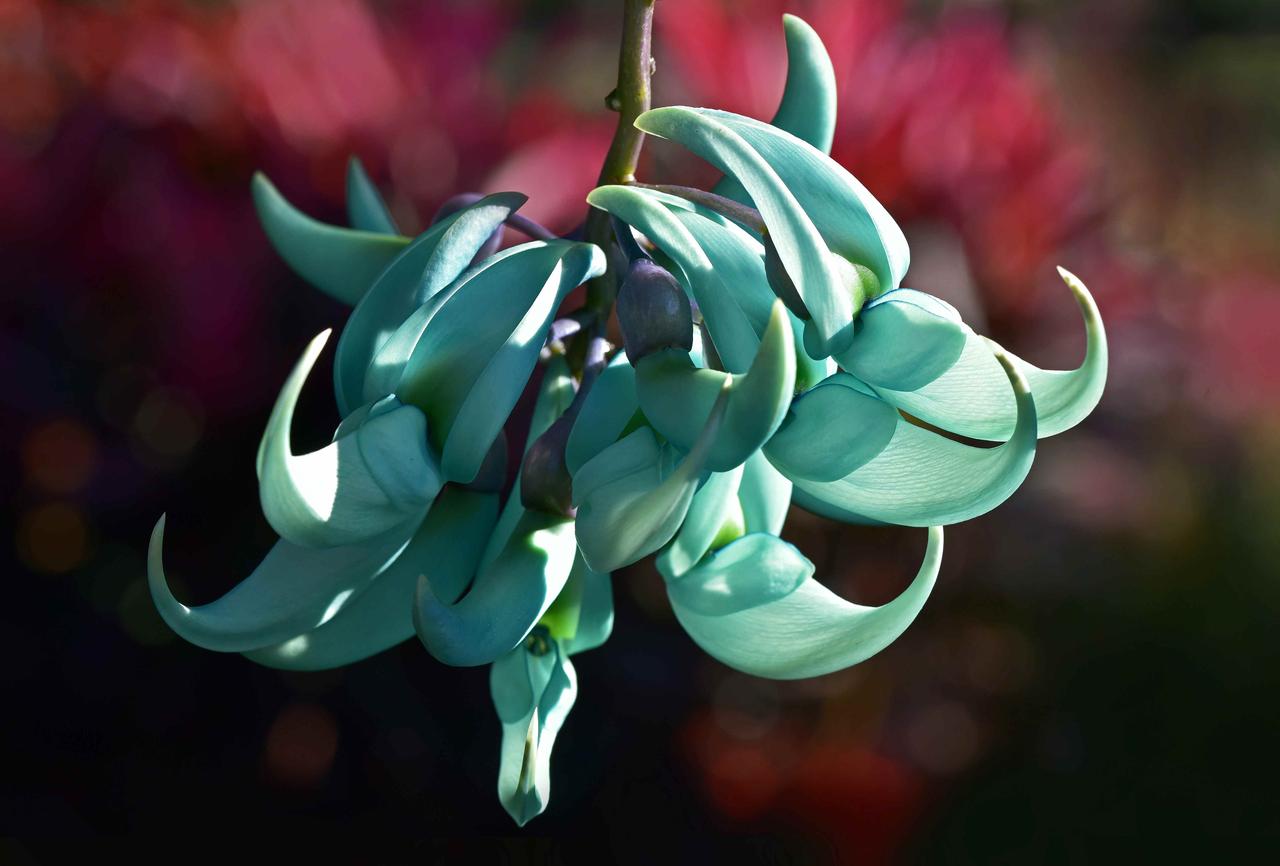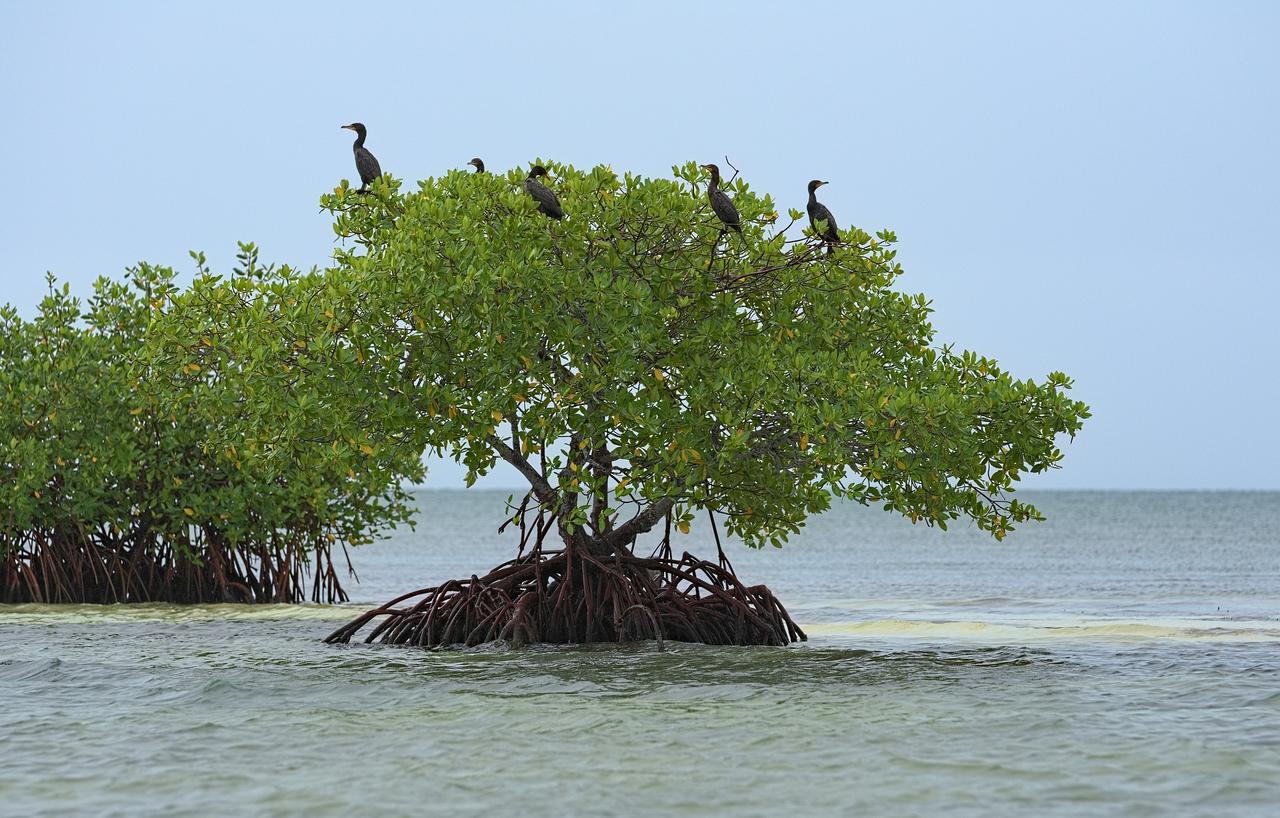
The future of our planet may rest upon one species: mangroves. But 50% of these precious forests are already gone — here’s why.
Is it a tree? Is it a shrub? Is it an ethereal forest biome? Depending on how you look at it — mangroves are all three. With their stilted roots rising above brackish waters and woody thickets weaving like that of a many-roped plait; mangroves embody the mysticism and wonder of the natural world. Just what hides behind the tangles and beneath the canopies — and could it all be lost in a few decades time?
What are mangroves?
Mangroves are a unique kind of tree and shrub that has adapted to living in narrow coastal strips and salty waters — their roots contain a complex filtration system that expends 90% of the salt from the seawater absorbed. There are between 50-80 mangrove species, but all thrive best in similar places: low oxygen and high salt concentrations. Mangroves can be found all over the world, with the largest concentration found in Southeast Asia (20% of which is in Indonesia), North America, Central America and the Caribbean.
Why are mangroves important?
Mangroves provide more than just shelter and protection to species who call these forests home — they also help stabilize our coastlines. Because of their dense and propped roots, mangroves bind soils and slow water flows, and in turn, prevent erosion. Not only that, mangroves help filter sediment so it doesn’t overwhelm coral reefs, strengthen coastal defenses from storms, and protect our planet from climate change, storing more carbon than terrestrial forests. Additionally, mangroves are highly productive food factories and support local economies, including 4 million fishermen.
What are the threats to mangroves?
While the average rate of mangrove decline has slowed, mangroves are sensitive ecosystems. 47% of mangrove loss is a result of converting the areas for commercial reasons, including fish farming (aquaculture ponds) and palm oil cultivation. More so, 12% of loss is from direct clearing and the overexploitation of the land for timber (mangrove wood is highly valued because of its resistance to rot), and 3% of loss comes from urban development and coastal tourism. And while mangroves experience some change due to natural phenomenon, the warming of our planet has made it even more difficult for these ecosystems to recover. It is estimated that if sea levels continue to rise, mangroves won’t be able to survive past 2050.
There is hope.
Mangroves were once one of the planet’s fastest-declining habitats. But today, they are one of the most protected from human activity. Over 42% of mangrove areas are now protected, with South America protecting nearly 75% of its mangroves. But the future of mangroves goes beyond protection — we need to ensure their restoration. By donating to those organizations implementing such programs, we can work towards helping mangrove forests thrive on INTERNATIONAL DAY FOR THE CONSERVATION OF THE MANGROVE ECOSYSTEM.











